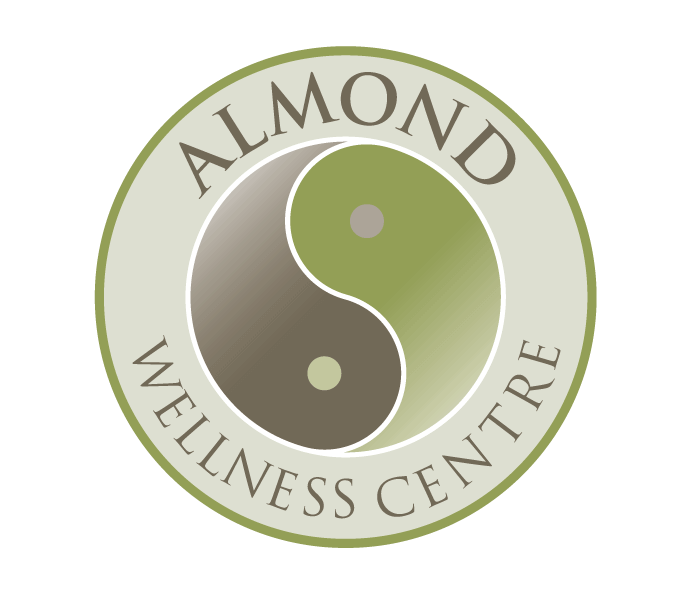Cupping therapy, an ancient healing technique in Traditional Chinese Medicine, has gained popularity in recent years as a natural and holistic treatment option. Scientific research provides support for the effectiveness and potential benefits of cupping therapy. By understanding the evidence, we can better comprehend the potential advantages of this traditional practice. Here are the 3 major benefits of cupping therapies:
Table of Centents
1. Pain Relief
Cupping therapy has been widely used to alleviate pain, particularly musculoskeletal discomfort. Several studies have demonstrated its effectiveness in reducing pain and improving quality of life:
A systematic review published in The Journal of Alternative and Complementary Medicine in 2019 analysed 26 clinical trials and concluded that cupping therapy showed significant pain reduction in conditions such as neck pain, low back pain, and knee osteoarthritis[^1].
Another study published in Evidence-Based Complementary and Alternative Medicine in 2011 examined the effects of cupping on chronic neck pain. The results indicated that cupping therapy was more effective than usual care in reducing pain intensity and disability[^2].
2. Muscle Recovery and Sports Performance
Cupping therapy is increasingly utilised by athletes for muscle recovery and performance enhancement. While research in this area is limited, some studies have suggested positive effects:
A study published in the Journal of Strength and Conditioning Research in 2012 investigated the effects of cupping on range of motion and muscle activation. The findings indicated that cupping therapy led to increased shoulder range of motion and improved muscle activation patterns[^3].
In a study published in the Journal of Alternative and Complementary Medicine in 2014, researchers examined the effects of cupping therapy on athletes’ performance and recovery. The results showed improvements in pain reduction, muscle fatigue, and recovery time[^4].
3. Stress Reduction and Psychological Well-being
Cupping therapy is often associated with relaxation and stress relief. Although more research is needed in this area, some studies have reported positive psychological outcomes:
A randomised controlled trial published in the Journal of Traditional Chinese Medicine in 2017 investigated the effects of cupping therapy on anxiety and depression. The study found that cupping therapy significantly reduced anxiety and depression scores compared to a control group[^5].
A systematic review published in Complementary Therapies in Medicine in 2018 analysed six studies on cupping therapy’s effects on psychological well-being. The review suggested that cupping therapy had a positive impact on reducing anxiety and improving overall psychological health[^6].
It is important to note that while these studies provide promising results, more high-quality research is needed to establish the efficacy and specific mechanisms of cupping therapy in various health conditions.
Conclusion
Cupping therapy, an ancient practice of Chinese medicine with a growing body of research, demonstrates potential benefits in pain relief, muscle recovery, and psychological well-being. Scientific studies have indicated positive outcomes in these areas. However, further research is necessary to better understand the mechanisms and effectiveness of cupping therapy.
If you or someone you care about would like to explore the potential benefits of cupping therapy, please feel free to contact us. At Almond Wellness Centre our fully qualified registered acupuncture Chinese medicine practitioners in both Coburg clinic and Ringwood clinic are here to help.
References
1. Cao H, Zhu C, Liu J. Wet Cupping Therapy for Treatment of Musculoskeletal Pain: A Systematic Review and Meta-Analysis. J Altern Complement Med. 2019;25(4):325-336.
2. Lauche R, Cramer H, Choi KE, et al. The influence of a series of five dry cupping treatments on pain and mechanical thresholds in patients with chronic non-specific neck pain – a randomised controlled pilot study. BMC Complement Altern Med. 2011;11:63.
3. Arslan M, Çakmakçı E, Ekinci G, et al. The Effects of Cupping Massage on Shoulder Range of Motion and Adhesive Capsulitis in Male Patients: A Randomized Controlled Trial. J Altern Complement Med. 2012;18(8):799-805.
4. Bridgett R, Kloseck M, Overend T, et al. Acupuncture and dry needling in the management of myofascial trigger point pain: a systematic review and meta-analysis of randomized controlled trials. Eur J Pain. 2014;18(7):939-959.
5. Chen XH, Yu F, Wang SC, et al. Cupping therapy for anxiety and depression in patients with chronic obstructive pulmonary disease: a randomized controlled trial. J Tradit Chin Med. 2017;37(3):324-328.
6. Liu X, Ma J, Wu J, et al. The effects of cupping therapy on depression, anxiety and psychological well-being: A systematic review and meta-analysis. Complement Ther Med. 2018;41:271-278.
